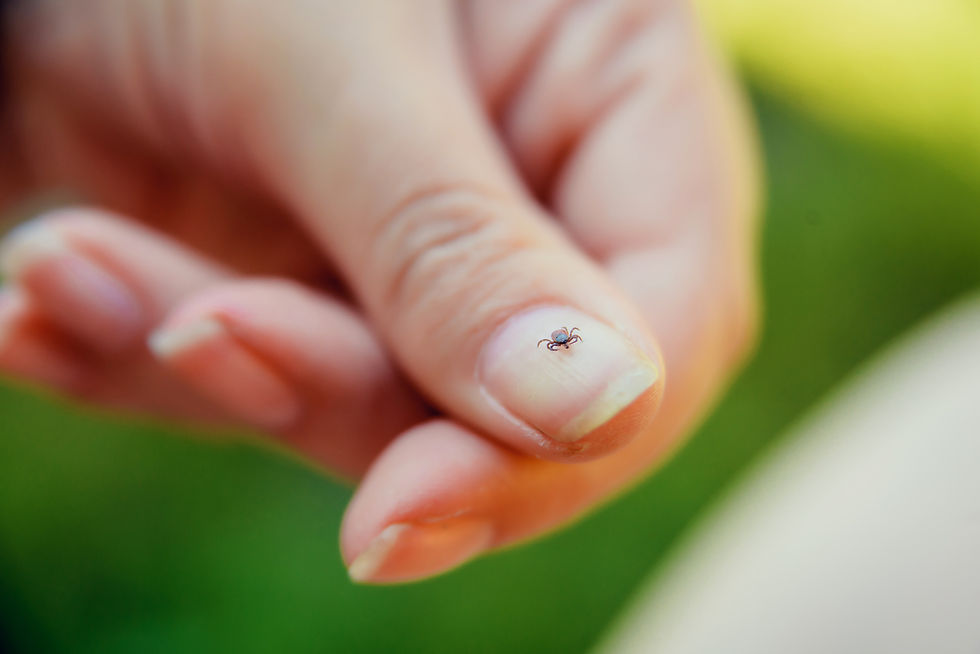Understanding Carbon Monoxide: The Silent Killer
- Penny Pratt

- Jun 13
- 1 min read
Updated: Oct 23

You can’t see, smell, or taste it—until it’s too late. Carbon monoxide (CO) is a “silent killer,” forming when fuels like gas, wood, or oil don’t burn completely. Each year, hundreds die and thousands visit the ER from CO poisoning. Symptoms—headache, dizziness, nausea, weakness—can mimic the flu, but high levels can cause unconsciousness or death. Protect yourself: ensure proper ventilation, maintain appliances, and install a CO detector. Quick action can save lives.






Comments